More Haffner Goodness: Detour to Otherness
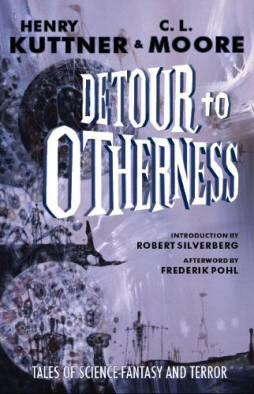 Yesterday’s deliveries here at the Black Gate rooftop headquarters yielded — among the usual bills, magazines, and spare parts for the plutonium-powered signal beacon — a review copy of Detour to Otherness, by Henry Kuttner & C.L. Moore.
Yesterday’s deliveries here at the Black Gate rooftop headquarters yielded — among the usual bills, magazines, and spare parts for the plutonium-powered signal beacon — a review copy of Detour to Otherness, by Henry Kuttner & C.L. Moore.
Hallelujah! I’ve been looking forward to Detour since I first saw the dust jacket at Steve Haffner’s table at the Windy City Pulp & Paper show in April. It collects twenty-four stories of science fantasy and terror by the legendary husband and wife team, with a new intro by Robert Silverberg and an afterword by Frederik Pohl.
Of course, I probably won’t get to keep it. Not unless I can distract Howard Andrew Jones, who will almost certainly gleefully take it back to Indiana to write a review (Hey Howard! Look at this!!)
Detour to Otherness shows the usual care and craftsmanship of all of Haffner’s titles. The core of the book is the 1961 Bypass to Otherness, the famous paperback collection of many of Kuttner and Moore’s finest stories, drawing from Kuttner’s popular “Gallegher Galloway” series, featuring a quirky scientist who invents technical marvels only while drunk, his comedic “Hogbens” stories of otherworldly hillbillies, and the “Baldy” tales about mutant telepaths. It was followed by Return to Otherness in 1962, containing eight more stories. Both paperbacks are valuable collector’s items today. Detour to Otherness assembles both Bypass to Otherness and Return to Otherness, plus eight additional stories “selected for their scarcity, quality, and sheer entertainment value.”
Kuttner’s “Gallegher Galloway” stories were collected by Paizo in Robots Have no Tails (reviewed for us by James Enge here), and Paul Di Filippo recently reviewed Moore’s seminal collection Judgment Night for us here. But both books are dwarfed by this thick new volume. If you’re a fan of science fantasy, you’ll want to add this to your collection. It’s available from Amazon.com, or directly from Haffner Press, for just $40 for an archival-quality hardcover packed with 568 pages of classic fiction.
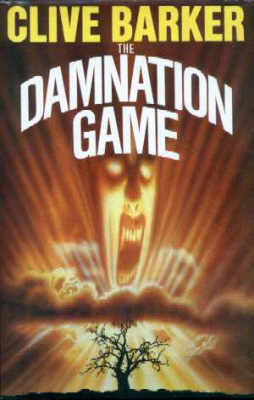 Collector prices are not always rational, as I think most collectors know. They can be fueled by hysteria. As many collectors have noticed, Clive Barker futures are very soft these days. Only the first British hardcovers of the Books of Blood and the British first of The Damnation Game have retained their value. There was a time, within a year or so of publication, when the advance galley of the American edition of Weaveworld could easily bring a hundred dollars. The last time I sold one, I bought it for $1.00 and got $10.00; but that was years ago. Nowadays you would be lucky to get five dollars for a copy. American firsts of Barker, or even galleys of same, are virtually worthless.
Collector prices are not always rational, as I think most collectors know. They can be fueled by hysteria. As many collectors have noticed, Clive Barker futures are very soft these days. Only the first British hardcovers of the Books of Blood and the British first of The Damnation Game have retained their value. There was a time, within a year or so of publication, when the advance galley of the American edition of Weaveworld could easily bring a hundred dollars. The last time I sold one, I bought it for $1.00 and got $10.00; but that was years ago. Nowadays you would be lucky to get five dollars for a copy. American firsts of Barker, or even galleys of same, are virtually worthless.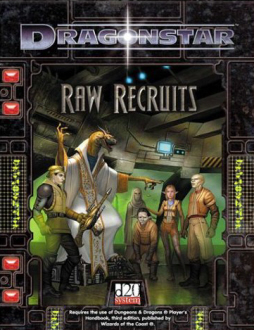 D&D in space. It’s an idea that has been around for a long while in the form of TSR/WotC’s Spelljammer.
D&D in space. It’s an idea that has been around for a long while in the form of TSR/WotC’s Spelljammer.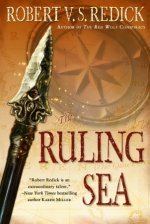 I’m on vacation, but for the one or two (and I’m probably overestimating) of you whose Saturday is not complete without something from me in this space, you can read my
I’m on vacation, but for the one or two (and I’m probably overestimating) of you whose Saturday is not complete without something from me in this space, you can read my 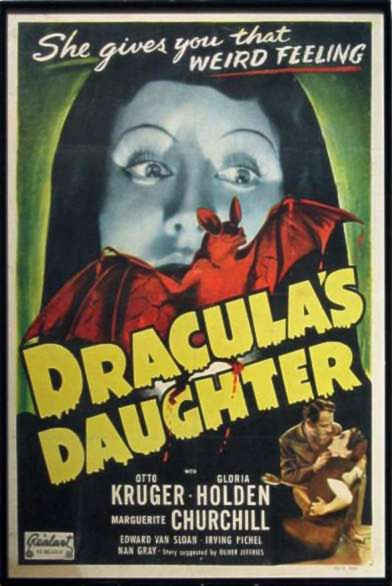
 Warning: This essay contains some spoilers.
Warning: This essay contains some spoilers.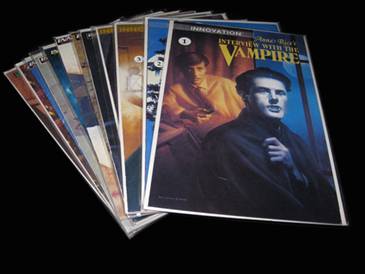 Has anyone ever asked what you would grab out of your house if it was on fire and you could only make one trip? Or maybe the question was, if you knew you were going to be stranded on a deserted island, what would you take with you?
Has anyone ever asked what you would grab out of your house if it was on fire and you could only make one trip? Or maybe the question was, if you knew you were going to be stranded on a deserted island, what would you take with you?
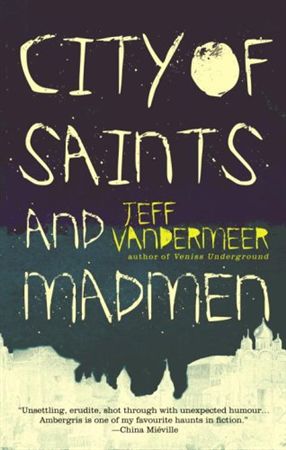 There sat a book that drew my hand toward its spine, and before I realized what I was doing, I was looking at the cover to CITY OF SAINTS AND MADMEN. Something in the back of my mind rose (squid-like) to the surface. I read the comments on the back of the book, and on the first few pages. There was something here…something I’d been looking for. To my amusement, the book itself validated my thought seconds later as I read the quote from Mr. Moorcock: “It’s what you’ve been looking for.”
There sat a book that drew my hand toward its spine, and before I realized what I was doing, I was looking at the cover to CITY OF SAINTS AND MADMEN. Something in the back of my mind rose (squid-like) to the surface. I read the comments on the back of the book, and on the first few pages. There was something here…something I’d been looking for. To my amusement, the book itself validated my thought seconds later as I read the quote from Mr. Moorcock: “It’s what you’ve been looking for.”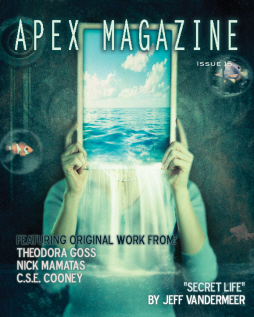 Apex Magazine #15 was published on August 2, featuring fiction from Theodora Goss, Nick Mamatas, a reprint by Jeff VanderMeer — and “Dogstar Men,” a short poem by Black Gate blogger C.S.E. Cooney.
Apex Magazine #15 was published on August 2, featuring fiction from Theodora Goss, Nick Mamatas, a reprint by Jeff VanderMeer — and “Dogstar Men,” a short poem by Black Gate blogger C.S.E. Cooney.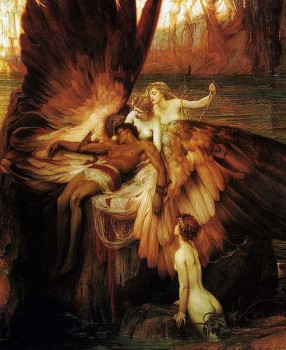 . . . And the boy thought,
. . . And the boy thought,